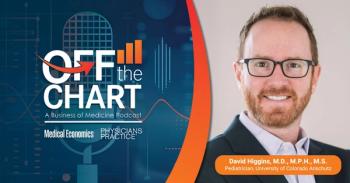
Care guides help physicians manage patients with diabetes, heart disease, study finds
Could care guides with no medical background fill the gap in primary care for chronic disease management?
A study featured in the
These new employees, called care guides, worked with patients who have
The study found that care guides achieved more
“This approach…is low in cost, it is integrated into existing clinic workflows, it explicitly incorporates behavior change theory, and it leverages the power inherent in face-to-face relationships,” the study finds.
The University of Minnesota conducted the study over the course of one year with Allina Health, a not-for-profit network of hospitals and clinics. Twelve care guides were hired for six family practices or internist clinics in urban, suburban and rural locations. Clinics had one to four care guides, depending on their size. The care guides worked with physicians to make sure patients met evidence-based goals specific to their disease. Aside from meeting the goals, the care guides came up with their own plans to manage patients. They communicated with patients either face-to-face or via telephone, and they sent them electronic quarterly reports, updating them on their health goal progression.
“With patients, they took time to explain the benefits of meeting goals in lay language, used their nonmedical backgrounds to create an environment where patients felt at ease asking questions, called patients after office visits to ensure instructions were understood, and helped develop specific action plans,” the study states. “With providers and nurses, they gave reminders about unmet goals on the day of the appointment (when this information would be most useful) and supplied such information as, ‘This patient reports difficulty affording medication,’ or, ‘This patient seems ready to quit tobacco.’”
Almost half of patients with chronic disease receive no evidence-based care, due to limited access to physicians and a lack of payment systems for practices, the study states.
Newsletter
Stay informed and empowered with Medical Economics enewsletter, delivering expert insights, financial strategies, practice management tips and technology trends — tailored for today’s physicians.








